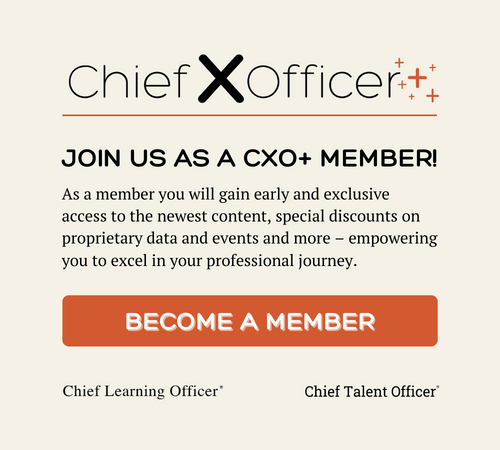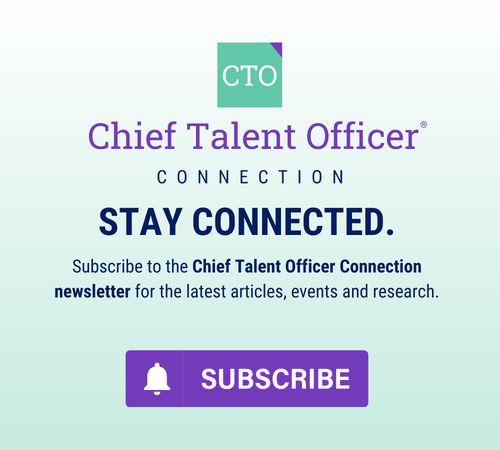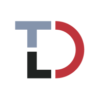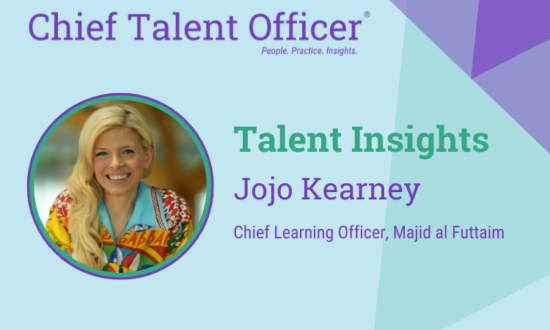Olivier Shittecate, manager of training and development for BC Hydro’s field services division, said the company must overcome several challenges in order to get this mandated training out to its workforce. First, the employees are dispersed throughout British Columbia, which covers more than 366,000 square miles in western Canada. Another big issue, Shittecate said, is that there is a high level of compliance training required—either internally or externally. “We’ve got these two big pressures—having a dispersed workforce and having a large amount of compliance training that needs to be tracked very closely because it can be audited by both us and by external agencies for compliance purposes or, in some cases, for potential litigation purposes by external parties,” Shittecate said. Luckily, he added, BC Hydro has never been audited due to an incident, but it is a possibility the company needs to be prepared for.
Tracking training is not only necessary for compliance purposes, said Shittecate, but also to prevent duplication of effort. “We do have substantial movement of personnel within the company—people rotate from location to location. That presents a challenge,” he explained. “If they have been trained in location A and the training is applicable to location B, the receiving manager might not know that the person has been trained and then would retrain the individual. So loss of time, loss of money, loss of productivity—those are some of the key drivers.”
Prior to starting a phased rollout of a learning management system, Shittecate said BC Hydro “…did not have an integrated tracking system for any training, period.” BC Hydro’s field services division went live with Plateau’s LMS, which BC Hydro calls TQTS, or “tickets”—training and qualification tracking system, in mid-July. Rather than implementing the system enterprise-wide, the company took a phased approach. “We’d seen a number of fairly large enterprise-wide IT system rollouts, and people were burnt out,” Shittecate said. “So we consciously said that we were going to do a soft rollout.”
Shittecate said his group identified headquarters locations for a pilot release in order to test the messaging and marketing of the LMS and to ensure that the in-house training package was suitable for the audience—mostly front-line managers and support staff members who would interact directly with the system. “We did this in the summer, and then we fine-tuned the training package, some of the job aids that we had prepared using RoboDemo, and the presentations and the exercises and the handouts that we had,” he said.
Shittecate said that another difference in BC Hydro’s approach to its LMS rollout was that the initiative was kept within the strategic business unit (SBU) he works for, field services. “We decided we would roll out a learning management system in field services and then bring on partners later. That’s what we’re doing now. We have the transmission folks as early adopters, and we’re bringing distribution on, and we’re hoping that we’ll be bringing the engineering services group on as well before the end of our fiscal,” Shittecate said. “It’s a different type of approach. A lot of companies just go with it, and it’s a corporate initiative. In this case it was an SBU initiative that we’re actually marketing to other SBUs.”
Shittecate said there were benefits as well as drawbacks to this approach. “There’s pros and cons,” Shittecate said. “The difficulty is convincing your VP and his table that it’s a good investment. The advantage is that you can go way quicker. We started investigating learning management systems—just looking at what products were available—at the beginning of last November. And the system is fully operational and has been in use since mid-September. So it took us 10 months to actually make a decision, install something that the company had never had and start using it.”
Now that the system is up and running, the investment is justifying itself through rapid returns. After crunching numbers, Shittecate forecast a 200 percent ROI for this year in terms of cost avoidance and productivity improvements. But there are other benefits as well. The LMS helps BC Hydro keep track of its compliance training. “We’re able to report, in this case to corporate, about the exact level of compliance with some of their training requests,” said Shittecate. “We used the annual Code of Conduct training as a test case. In the company, we are literally the only SBU that can say, to the person, who’s done it and who hasn’t. And we can also say who’s done it online and who has done it in a workshop-type environment by using Plateau.”
Shittecate added that BC Hydro has also been able to implement all of the safety plans in the LMS. “All of the recurring training is fully automated now, so that means for next fiscal, which starts April 1, 2004, the managers won’t have to manually re-create a safety training plan; it’s automated in the system,” he said.
Shittecate said that his team is now working with the competency and proficiency profile engines within the LMS to track formal apprentices’ progress on the job. “We want to reinforce that the competency-based approach is the way to go,” he said. “So we’ve input all this stuff into TQTS and the plan is to map out the competencies for all of the formal training programs we have and then subsequently all of the jobs we have and actually use Plateau both as a tool for managers for performance management and also for succession planning.”














